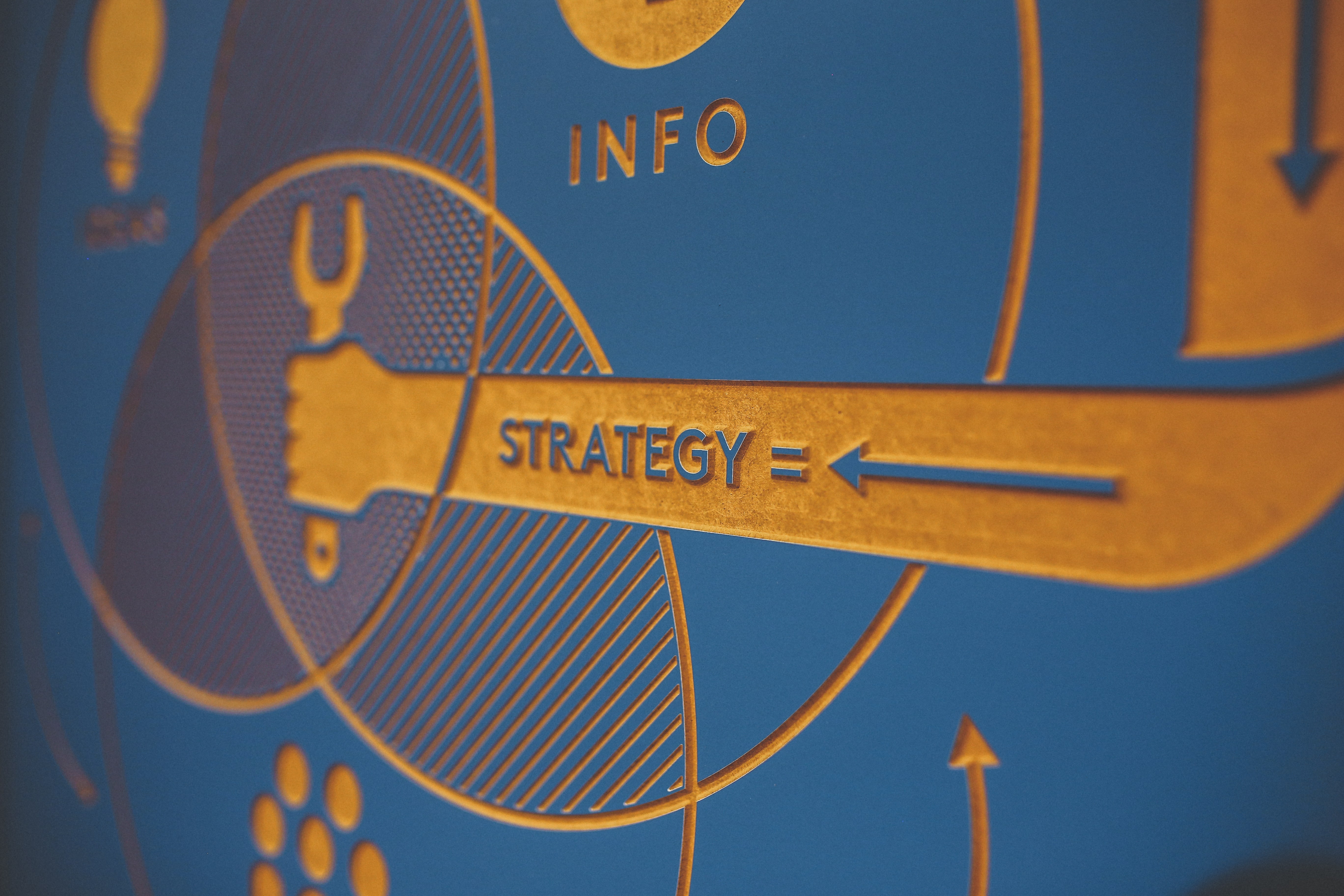Let’s start with an exercise. Take out a pen and paper and write down the first three types of marketing strategies that come to mind. What were your answers?
Digital marketing, influencer marketing, and video marketing were probably popular answers, as they have fueled some of the biggest marketing trends of the past year. Most people, even some professional marketers, don’t realize there are over 150 types of marketing strategies. Here are seven marketing strategies you can use this year to grow your business.
1 – Digital Marketing
Digital marketing is an umbrella strategy that includes email marketing, social media marketing, search engine marketing, video marketing, and content marketing. It’s almost as old as the Internet. The first digital marketers focused on generating advertising revenue for clients through pay-per-click advertising. Email marketing came shortly after.
With the rise in prominence of search engines like Google and Yahoo at the turn of the 21st century, content was crowned king and search engine marketing became the primary focus.
The higher your business ranked on the search engine result pages, the more leads your website received. Written content dominated the digital landscape.
Today, the landscape is ruled by video. Many brands are investing in both produced videos and live streaming as part of their digital marketing efforts. Digital marketing has evolved since the ‘90s.
You need more than just a website and a few social media profiles if you want to grow the digital footprint of your business in 2018.
2 – Loyalty Marketing
Today’s consumer has more choice than ever before. It’s no coincidence that customer loyalty is also harder to come by than ever before. With so many options available, consumers demand brands provide them a reason for remaining loyal. Enter loyalty marketing.
The basic premise is this: The more money you spend at a business, the more rewards you get, which usually come in the form of coupons. Places like supermarkets have had loyalty marketing programs for years, but the practice has since spread through multiple industries.
If you don’t already have a loyalty program for your business, take a few minutes to brainstorm a program that meshes with your current marketing strategy.
3 – Guerilla Marketing
What is your current marketing budget? I think it’s safe to say it’s a fraction of big brands like Nike, Walmart, and Amazon. Guerilla marketing is one of the types of marketing strategies small brands use to gain market share from the big brands in their niche.
The defining characteristics of this strategy are edginess and cost-effectiveness. Guerilla marketing campaigns push boundaries, and sometimes they go a little too far. It’s a risky strategy, but it produces amazing results when executed effectively.
4 – Differentiated Marketing
Who is your target audience? Today’s marketing technology allows us to segment our audience and personalize our campaigns in ways which marketers of the pre-Internet age could only dream.
Differentiated marketing focuses on segmenting your target audience as finely as possible, and then creating tailored campaigns and products for each segment.
Let’s look at the millennial demographic as an example. Many digital marketing consultants promote how they can help businesses appeal more to millennials. The reality is the millennial demographic spans 20 years and includes over 88 million people. A differentiated marketing strategy would segment this demographic using psychographics.
Say you own an up-and-coming athleticwear brand. The millennial you target is 20-29 years old. They go to the gym regularly, but don’t like to be walking billboards for brands like Nike and UnderArmour. They want a brand that matches their values – be unique or be forgotten. See how much more targeted this is than simply targeting millennials?
5 – Buzz Marketing
Buzz marketing focuses on getting your target audience to talk about your business. We also call it ‘viral marketing’ in the digital age, although that is a misnomer. Your business doesn’t need to go viral on social media to benefit from buzz marketing.
Approach building buzz with an incremental mindset. Focus your energy on converting a base of loyal customers first, and then encourage them to spread the good word about your business. You could even include referral perks in your loyalty program.
6 – Local Marketing
While e-commerce businesses have the advantage of targeting any consumer in the world with their marketing efforts, local businesses aren’t so lucky. It is for this reason that many local business owners think they can’t benefit from digital marketing. Any good search engine optimization consultant knows this couldn’t be further from the truth.
Local marketing attracts the potential customers closest to your physical location. Local digital marketing focuses on using keywords and phrases that include the business’s geographic location. Are your current marketing tactics and ideas optimized to attract customers in your town or city?
7 – Experiential Marketing
Experiential marketing is an old strategy that has been taught new tricks in the digital age. It allows potential consumers to use a product before they make a purchasing decision. It is used heavily in the direct marketing industry.
Software companies use experiential marketing when they offer consumers free trials or demonstrations. Even consultants use it when they offer a free consultation before a commitment to further sessions is made.
Types of Marketing Strategies: Final Thoughts
It’s easy to get lost in chasing the newest marketing tactics and ideas. You need to narrow your focus on a few types of marketing strategies to test and tweak as you create a hybrid strategy tailored to the needs of your business. If you need help with digital marketing, let’s have a conversation.
Resources:
8 Reasons Why Loyalty Marketing Programs are Imperative for Marketers
10 Ways to Simplify Your Local Marketing Strategy











Leave A Comment